
Warehouse Organization & Design
Searching for the tools and ideas to design an expert warehouse floor plan? Discover how to maximize space and productivity with the latest technology in racking and automated systems.
-

-

Pareto chart: How to make one and examples in logistics
-

What is CMMS software?
-

Automotive logistics: Key challenges and how to tackle them
-
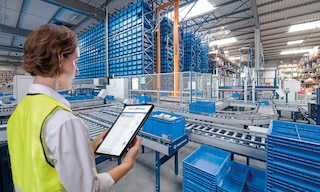
Dead stock and how to avoid it
-
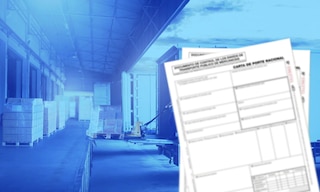
Waybill for goods transportation
-

Supply chain strategies for business success
-

Inventory turnover: The key to warehouse efficiency
-

Cartonization and its benefits for logistics
-

Electric vehicles in logistics and freight transportation
-
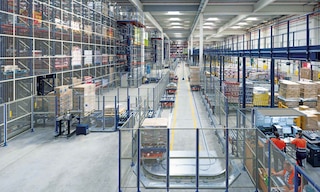
Warehouse setup: definition, types, and examples
-
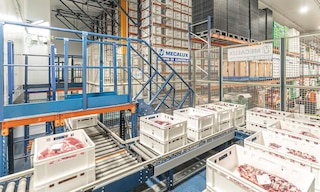
FEFO: optimizing inventory management for perishable goods
-
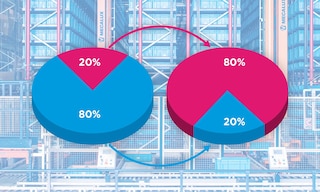
Pareto law: optimizing logistics processes with the 80/20 rule
-

Logistics history: origin and development
-

Warehouse areas: essential zones for efficient management
-

Double handling: example of waste in Lean logistics
-
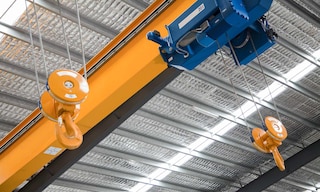
Hoist: definition and function in warehousing
-

Logistics processes: key points for optimizing your supply chain
-
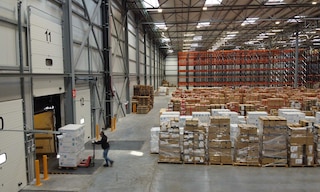
Freight deconsolidation: a key inbound operation
-
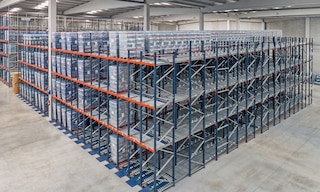
FIFO method in inventory management
